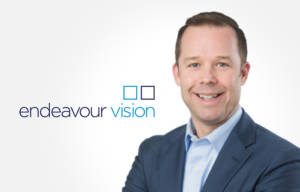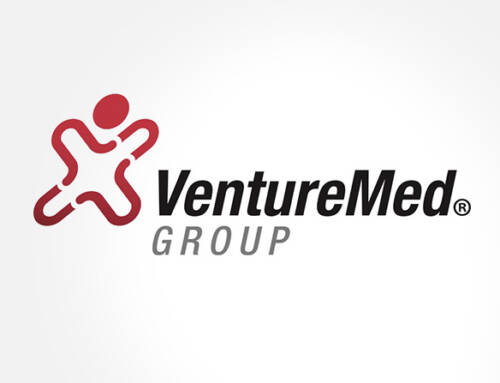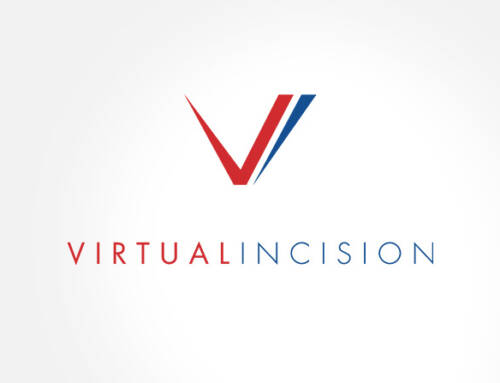Previously Vice President, Corporate Business Development at Boston Scientific.
Rob, you joined Endeavour Vision after 15 years working at Boston Scientific, can you summarise your role there?
My job was to assess and execute business development transactions including acquisitions, joint ventures, distribution deals and minority investments etc. on behalf of Boston Scientific’s various business units. The teams at Boston do a great job of identifying technologies that are both differentiated and have the potential for above market growth rates; my job was to lead the process to structure the right deal for both the target and for Boston Scientific. That meant advising on timing of transaction, deal structure, valuation, diligence, negotiation and contracting.
What was your most significant learning from conducting M&A at Boston Scientific?
Each deal is different, so simply acknowledging that no two deals are the same was an important learning. Every deal is going to have surprises, so it was important for me to learn to remain balanced and to put all the “surprises” in perspective. My job was to execute deals. But it was critical that I didn’t get too focused on the deal and instead could keep an open mind throughout the process, so that we didn’t just get a deal done but we got a good deal done. Even with a good process, you need the humility and courage to know that not all deals will work out as planned.
How did you choose your targets for potential acquisition?
I focused on five key elements:
- Strong strategic fit
- Differentiated clinical benefit
- Ability to drive sustained above market growth
- Target that was actionable
- Attractive deal economics
Can you explain the due diligence process from a strategic’s perspective?
Diligence comes down to risk so whether it’s a VC or a strategic doing it, the goal is the same; to assess the level of risk for a transaction. What is different, is how that risk is defined and quantified. My goal in leading diligence was to focus our efforts on the handful of areas that we felt could completely disrupt our deal thesis. You will always miss something in diligence, but it is unacceptable to miss something that fundamentally changes the value of a deal. Diligence is simply the process of identifying and quantifying the risks. The hard (and fun!) part is the decision-making process, where you have to decide if you are willing to accept the identified risks!
In your experience, where did the biggest acquisition successes lie?
First, I think it is important to be patient when we define “success” in an M&A transaction. So I think time will tell where we had success and where we had failure with the acquisitions that I supported. With that said, one of my observations is that when Boston Scientific acquired companies or products that were at a stage where they could be quickly integrated into existing global commercial infrastructure, the path to near term success (defined as revenue growth) was more predictable. Timing of acquisitions will always vary (for a host of reasons), so unfortunately there is no silver bullet in predicting success.
What advice would you give to an entrepreneurial CEO?
I think venture-backed companies that focus on building a durable company or business are best positioned for the future. I observed that when companies became overly focused on a potential transaction, they are more likely to become distracted and might make decisions that would benefit the short term but could be detrimental in the long run. This is obviously easier said than done, given the tension created by funding needs and VCs who want an early exit! There are no short cuts, so knowing how to be capital efficient while still building for the long term is of the more critical roles of the entrepreneurial CEO.




